GMANet: Gradient Mask Attention Network for Finding Clearest Human Fecal Microscopic Image in Autofocus Process
Abstract
:1. Introduction
- We designed a CNN architecture, namely GMANet, which uses gradient information extracted by the local maximum gradient method as an MA mechanism.
- We adopted a feature aggregation module to fuse two low-level feature maps with a high-level feature map and used them to predict quality scores. In the training process, two auxiliary outputs and losses were introduced, which reduces over-fitting and enhances model generality.
- Experimental results show that the GMANet has good consistency with human visual properties and the model trained on fecal microscopic images can be directly applied to the autofocus process of leucorrhea and blood samples without additional transfer learning.
2. Related Works
3. Method
3.1. Local Maximum Gradient
3.2. Network Architecture
3.3. Loss
3.4. Training and Inference
4. Experimental Results and Dataset
4.1. Dataset
4.2. Performance Metric
4.2.1. Spearman Rank-Order Correlation Coefficient
4.2.2. Prediction Accuracy
4.3. Experimental Results
5. Discussion
5.1. Ablation Study
5.1.1. The Influence of Introduction Depth of MA
5.1.2. The Influence of Using Different Gradient Methods to Compute Attention Map
5.1.3. The Effectiveness of Using Auxiliary Outputs in Training Process
5.2. Comparison with Deep-Learning-Based IQA Methods
5.3. Limitations and Future Work
5.3.1. Limitation on Real-Time Detection
5.3.2. Limitation on Applying to Leucorrhea Dataset
5.3.3. Future Work
6. Conclusions
Supplementary Materials
Author Contributions
Funding
Institutional Review Board Statement
Informed Consent Statement
Data Availability Statement
Acknowledgments
Conflicts of Interest
References
- Khouani, A.; El Habib Daho, M.; Mahmoudi, S.A.; Chikh, M.A.; Benzineb, B. Automated recognition of white blood cells using deep learning. Biomed. Eng. Lett. 2020, 10, 359–367. [Google Scholar] [CrossRef]
- Du, X.H.; Liu, L.; Wang, X.Z.; Ni, G.M.; Zhang, J.; Hao, R.Q.; Liu, J.X.; Liu, Y. Automatic classification of cells in microscopic fecal images using convolutional neural networks. Biosci. Rep. 2019, 39, BSR20182100. [Google Scholar] [CrossRef] [PubMed] [Green Version]
- Du, X.; Wang, X.; Ni, G.; Zhang, J.; Hao, R.; Zhao, J.; Wang, X.; Liu, J.; Liu, L. SDoF-Net: Super Depth of Field Network for Cell Detection in Leucorrhea Micrograph. IEEE J. Biomed. Health Inform. 2021. [Google Scholar] [CrossRef]
- Wang, Z.; Bovik, A.C.; Sheikh, H.R.; Simoncelli, E.P. Image quality assessment: From error visibility to structural similarity. IEEE Trans. Image Process. 2004, 13, 600–612. [Google Scholar] [CrossRef] [Green Version]
- Zhang, L.; Zhang, L.; Mou, X.Q.; Zhang, D. FSIM: A Feature Similarity Index for Image Quality Assessment. IEEE Trans. Image Process. 2011, 20, 2378–2386. [Google Scholar] [CrossRef] [PubMed] [Green Version]
- Sheikh, H.R.; Bovik, A.C. Image information and visual quality. IEEE Trans. Image Process. 2006, 15, 430–444. [Google Scholar] [CrossRef]
- Yeo, T.T.E.; Ong, S.H.; Jayasooriah; Sinniah, R. Autofocusing for Tissue Microscopy. Image Vis. Comput. 1993, 11, 629–639. [Google Scholar] [CrossRef]
- Kristan, M.; Pers, J.; Perse, M.; Kovacic, S. A Bayes-spectral-entropy-based measure of camera focus using a discrete cosine transform. Pattern Recognit. Lett. 2006, 27, 1431–1439. [Google Scholar] [CrossRef] [Green Version]
- Narvekar, N.D.; Karam, L.J. A No-Reference Image Blur Metric Based on the Cumulative Probability of Blur Detection (CPBD). IEEE Trans. Image Process. 2011, 20, 2678–2683. [Google Scholar] [CrossRef]
- Blanchet, G.; Moisan, L. An explicit sharpness index related to global phase coherence. In Proceedings of the 2012 IEEE International Conference on Acoustics, Speech, and Signal Processing, ICASSP 2012, Kyoto, Japan, 25–30 March 2012; pp. 1065–1068. [Google Scholar]
- Oszust, M. No-reference image quality assessment with local features and high-order derivatives. J. Vis. Commun. Image Represent. 2018, 56, 15–26. [Google Scholar] [CrossRef]
- Kang, L.; Ye, P.; Li, Y.; Doermann, D.; IEEE. Convolutional Neural Networks for No-Reference Image Quality Assessment. In Proceedings of the 27th IEEE Conference on Computer Vision and Pattern Recognition (CVPR), Columbus, OH, USA, 23–28 June 2014; pp. 1733–1740. [Google Scholar]
- Sheikh, H.R.; Sabir, M.F.; Bovik, A.C. A statistical evaluation of recent full reference image quality assessment algorithms. IEEE Trans. Image Process. 2006, 15, 3440–3451. [Google Scholar] [CrossRef]
- Ponomarenko, N.; Jin, L.; Ieremeiev, O.; Lukin, V.; Egiazarian, K.; Astola, J.; Vozel, B.; Chehdi, K.; Carli, M.; Battisti, F.; et al. Image database TID2013: Peculiarities, results and perspectives. Signal Process. Image Commun. 2015, 30, 57–77. [Google Scholar] [CrossRef] [Green Version]
- Yan, Q.S.; Gong, D.; Zhang, Y.N. Two-Stream Convolutional Networks for Blind Image Quality Assessment. IEEE Trans. Image Process. 2019, 28, 2200–2211. [Google Scholar] [CrossRef]
- Yang, S.; Jiang, Q.P.; Lin, W.S.; Wang, Y.T. SGDNet: An End-to-End Saliency-Guided Deep Neural Network for No-Reference Image Quality Assessment. In Proceedings of the 27th ACM International Conference on Multimedia (MM), Nice, France, 21–25 October 2019; pp. 1383–1391. [Google Scholar]
- Po, L.M.; Liu, M.Y.; Yuen, W.Y.F.; Li, Y.M.; Xu, X.Y.; Zhou, C.; Wong, P.H.W.; Lau, K.W.; Luk, H.T. A Novel Patch Variance Biased Convolutional Neural Network for No-Reference Image Quality Assessment. IEEE Trans. Circuits Syst. Video Technol. 2019, 29, 1223–1229. [Google Scholar] [CrossRef]
- Chetouani, A.; Li, L.D. On the use of a scanpath predictor and convolutional neural network for blind image quality assessment. Signal Process. Image Commun. 2020, 89, 115963. [Google Scholar] [CrossRef]
- Ren, H.Y.; Chen, D.Q.; Wang, Y.Z. RAN4IQA: Restorative Adversarial Nets for No-Reference Image Quality Assessment. In Proceedings of the 32nd AAAI Conference on Artificial Intelligence/30th Innovative Applications of Artificial Intelligence Conference/8th AAAI Symposium on Educational Advances in Artificial Intelligence, New Orleans, LA, USA, 2–7 February 2018; pp. 7308–7314. [Google Scholar]
- Hu, J.B.; Wang, X.J.; Shao, F.; Jiang, Q.P. TSPR: Deep network-based blind image quality assessment using two-side pseudo reference images. Digit. Signal Process. 2020, 106, 102849. [Google Scholar] [CrossRef]
- Liu, X.L.; de Weijer, J.V.; Bagdanov, A.D.; IEEE. RankIQA: Learning from Rankings for No-reference Image Quality Assessment. In Proceedings of the 16th IEEE International Conference on Computer Vision (ICCV), Venice, Italy, 22–29 October 2017; pp. 1040–1049. [Google Scholar]
- Ma, K.D.; Duanmu, Z.F.; Wu, Q.B.; Wang, Z.; Yong, H.W.; Li, H.L.; Zhang, L. Waterloo Exploration Database: New Challenges for Image Quality Assessment Models. IEEE Trans. Image Process. 2017, 26, 1004–1016. [Google Scholar] [CrossRef]
- Zhou, B.L.; Lapedriza, A.; Xiao, J.X.; Totralba, A.; Oliva, A. Learning Deep Features for Scene Recognition using Places Database. In Proceedings of the 28th Conference on Neural Information Processing Systems (NIPS), Montreal, QC, Canada, 8–13 December 2014. [Google Scholar]
- Guan, X.D.; He, L.J.; Li, M.Y.; Li, F. Entropy Based Data Expansion Method for Blind Image Quality Assessment. Entropy 2020, 22, 60. [Google Scholar] [CrossRef] [PubMed] [Green Version]
- Xu, Y.J.; Lam, H.K.; Jia, G.Y. MANet: A two-stage deep learning method for classification of COVID-19 from Chest X-ray images. Neurocomputing 2021, 443, 96–105. [Google Scholar] [CrossRef]
- Vu, C.T.; Phan, T.D.; Chandler, D.M. S-3: A Spectral and Spatial Measure of Local Perceived Sharpness in Natural Images. IEEE Trans. Image Process. 2012, 21, 934–945. [Google Scholar] [CrossRef]
- Simonyan, K.; Zisserman, A. Very Deep Convolutional Networks for Large-Scale Image Recognition. In Proceedings of the 3rd International Conference on Learning Representations (ICLR), San Diego, CA, USA, 7–9 May 2015. [Google Scholar]
- Jiang, X.H.; Shen, L.Q.; Yu, L.W.; Jiang, M.X.; Feng, G.R. No-reference screen content image quality assessment based on multi-region features. Neurocomputing 2020, 386, 30–41. [Google Scholar] [CrossRef]
- Kingma, D.P.; Ba, J.L. Adam: A method for stochastic optimization. In Proceedings of the 3rd International Conference on Learning Representations (ICLR), San Diego, CA, USA, 7–9 May 2015. [Google Scholar]
- Chattopadhay, A.; Sarkar, A.; Howlader, P.; Balasubramanian, V.N.; IEEE. Grad-CAM plus plus: Generalized Gradient-based Visual Explanations for Deep Convolutional Networks. In Proceedings of the 18th IEEE Winter Conference on Applications of Computer Vision (WACV), Tahoe Lake, NV, USA, 12–15 March 2018; pp. 839–847. [Google Scholar]
- Bosse, S.; Maniry, D.; Muller, K.R.; Wiegand, T.; Samek, W. Deep Neural Networks for No-Reference and Full-Reference Image Quality Assessment. IEEE Trans. Image Process. 2018, 27, 206–219. [Google Scholar] [CrossRef] [PubMed] [Green Version]
- Crete, F.; Dolmiere, T.; Ladret, P.; Nicolas, M. The blur effect: Perception and estimation with a new no-reference perceptual blur metric. In Proceedings of the Conference on Human Vision and Electronic Imaging XII, San Jose, CA, USA, 29 January–1 February 2007. [Google Scholar]
- Liu, L.; Du, X.; Liu, J.; Ni, G.; Ren, H. Autofocus System for Imaging Multiple Cells Across Thick Liquid Layers in Differrent Focal Planes. In Proceedings of the 2020 International Conference on Communications, Information System and Computer Engineering (CISCE), Kuala Lumpur, Malaysia, 3–5 July 2020. [Google Scholar]
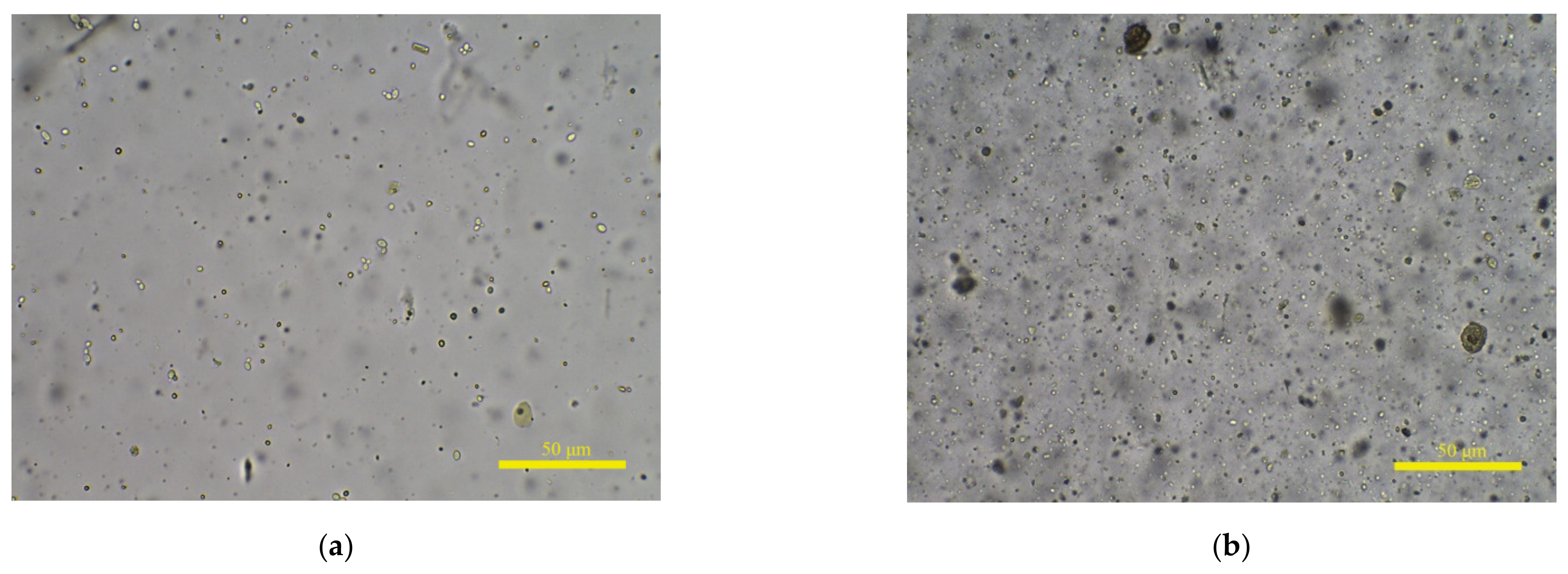
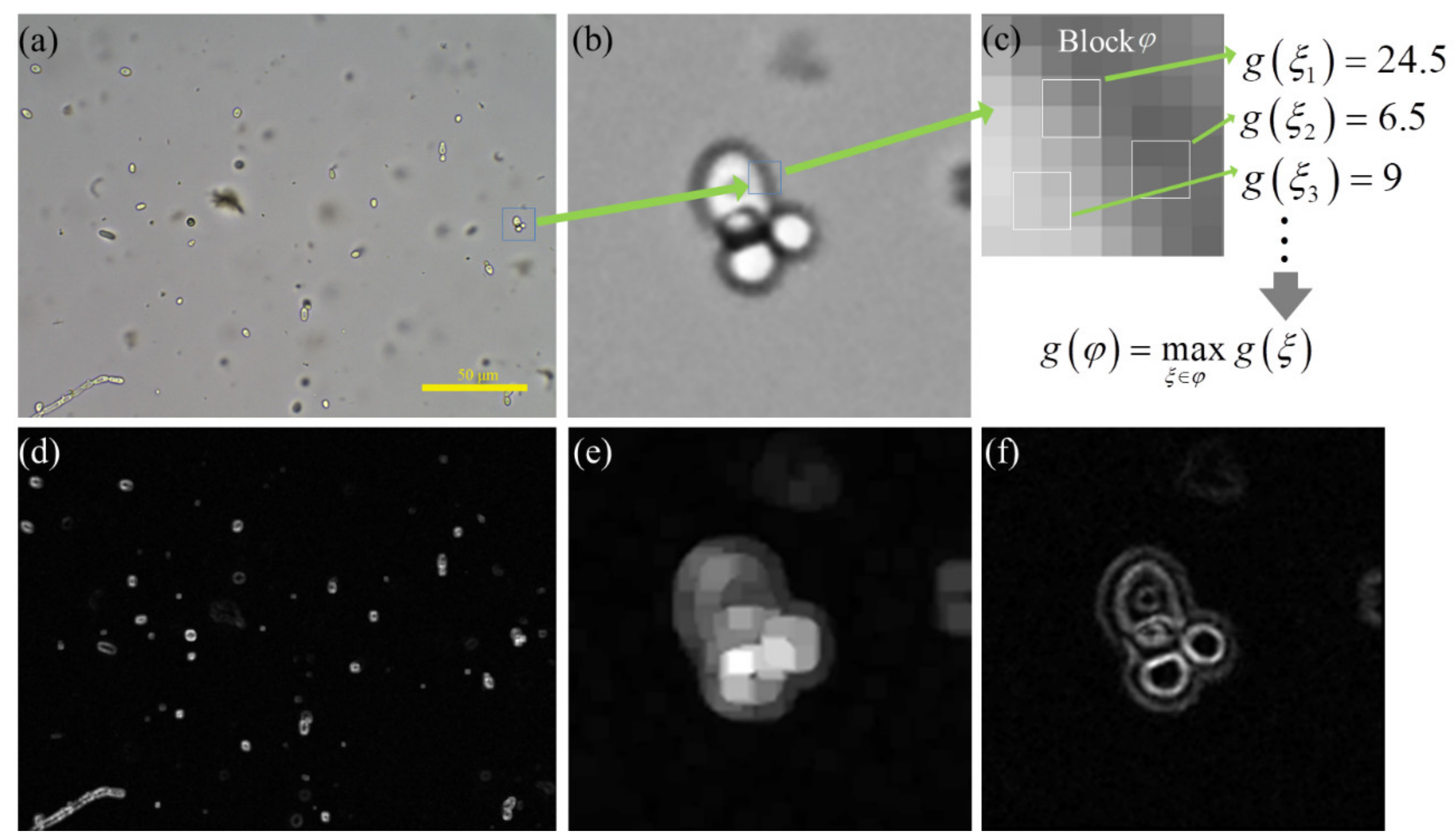


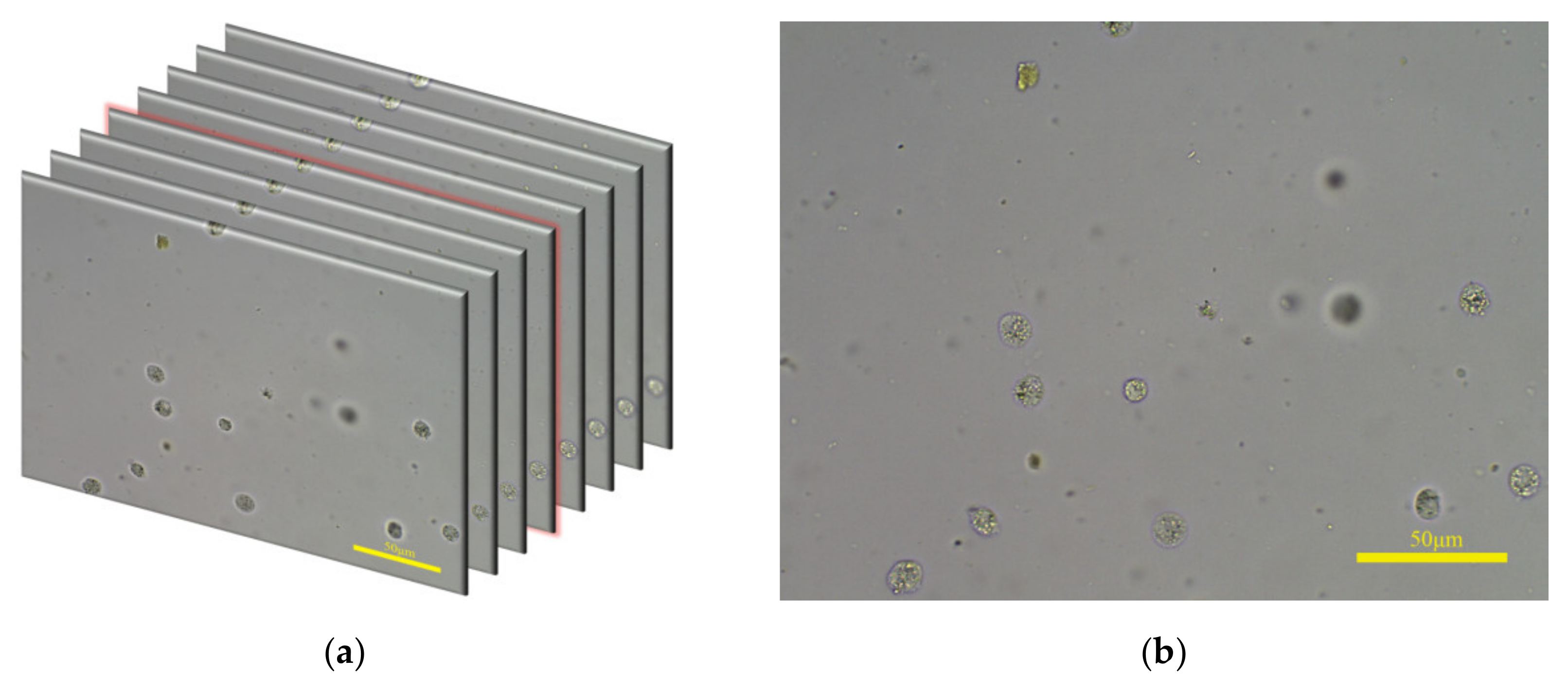
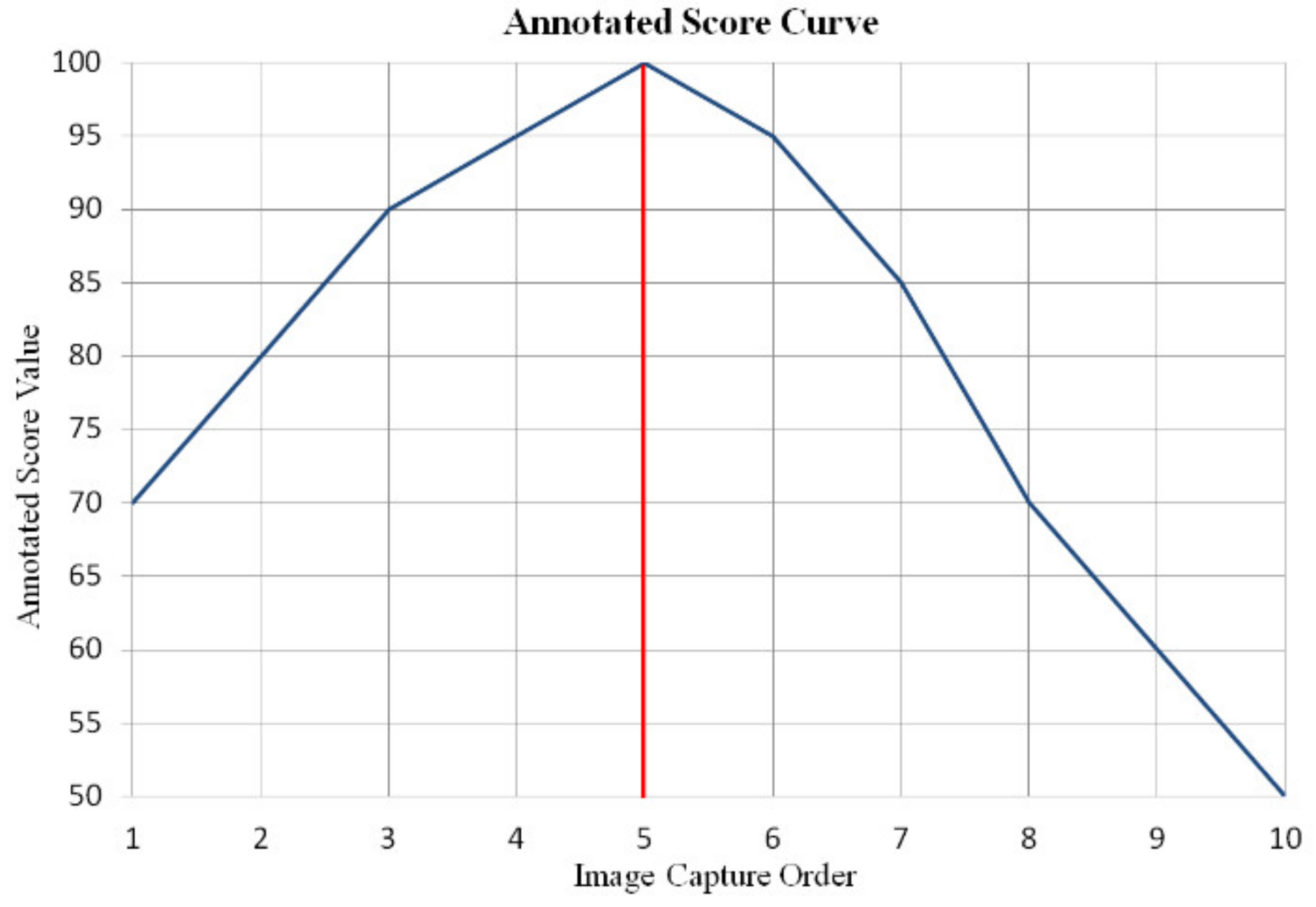
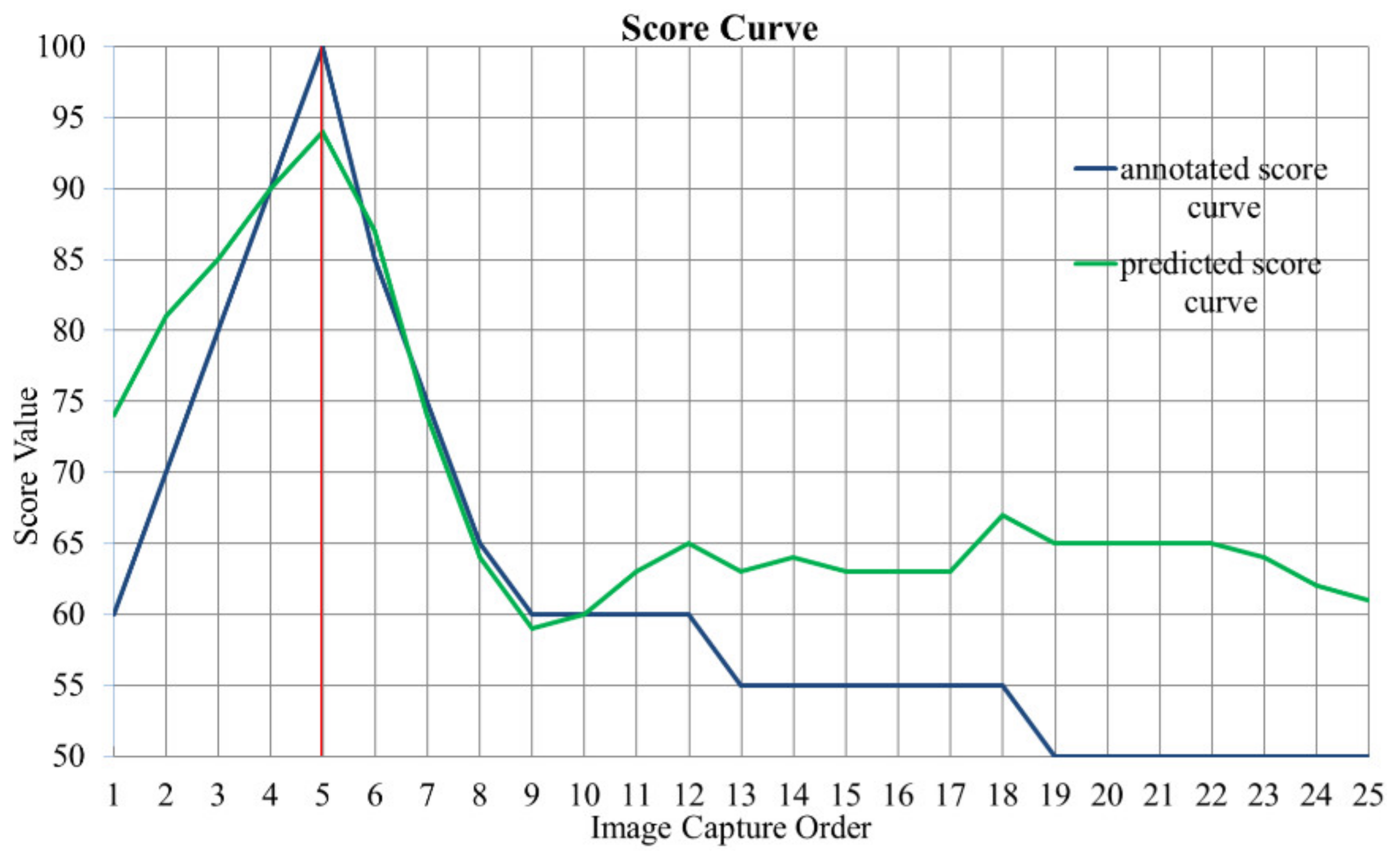
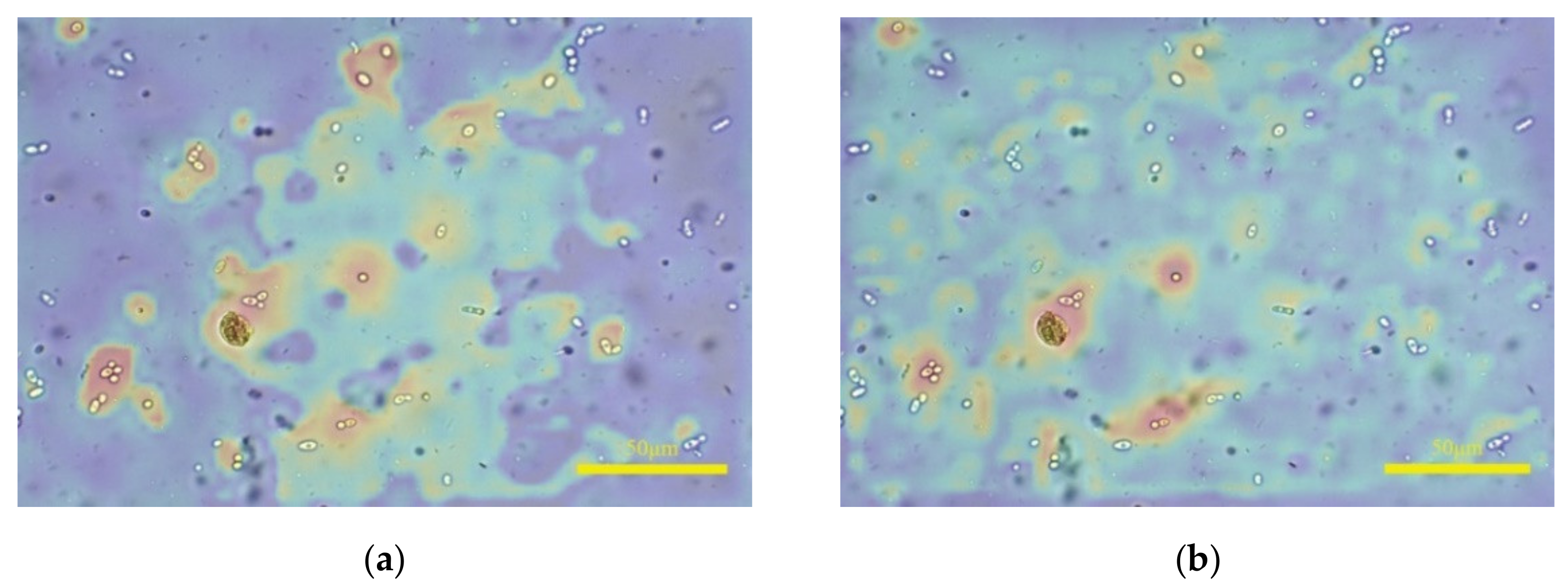
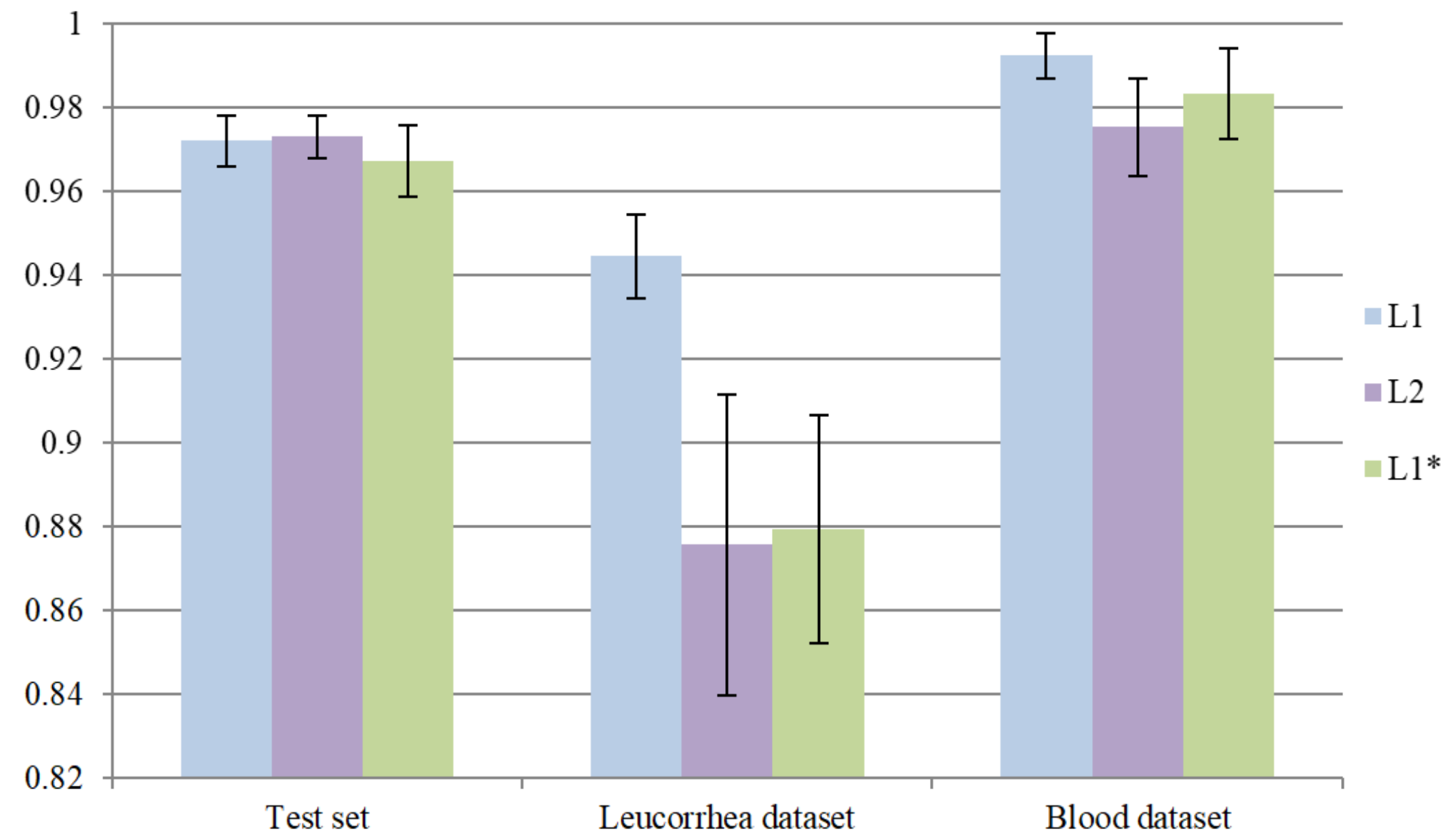
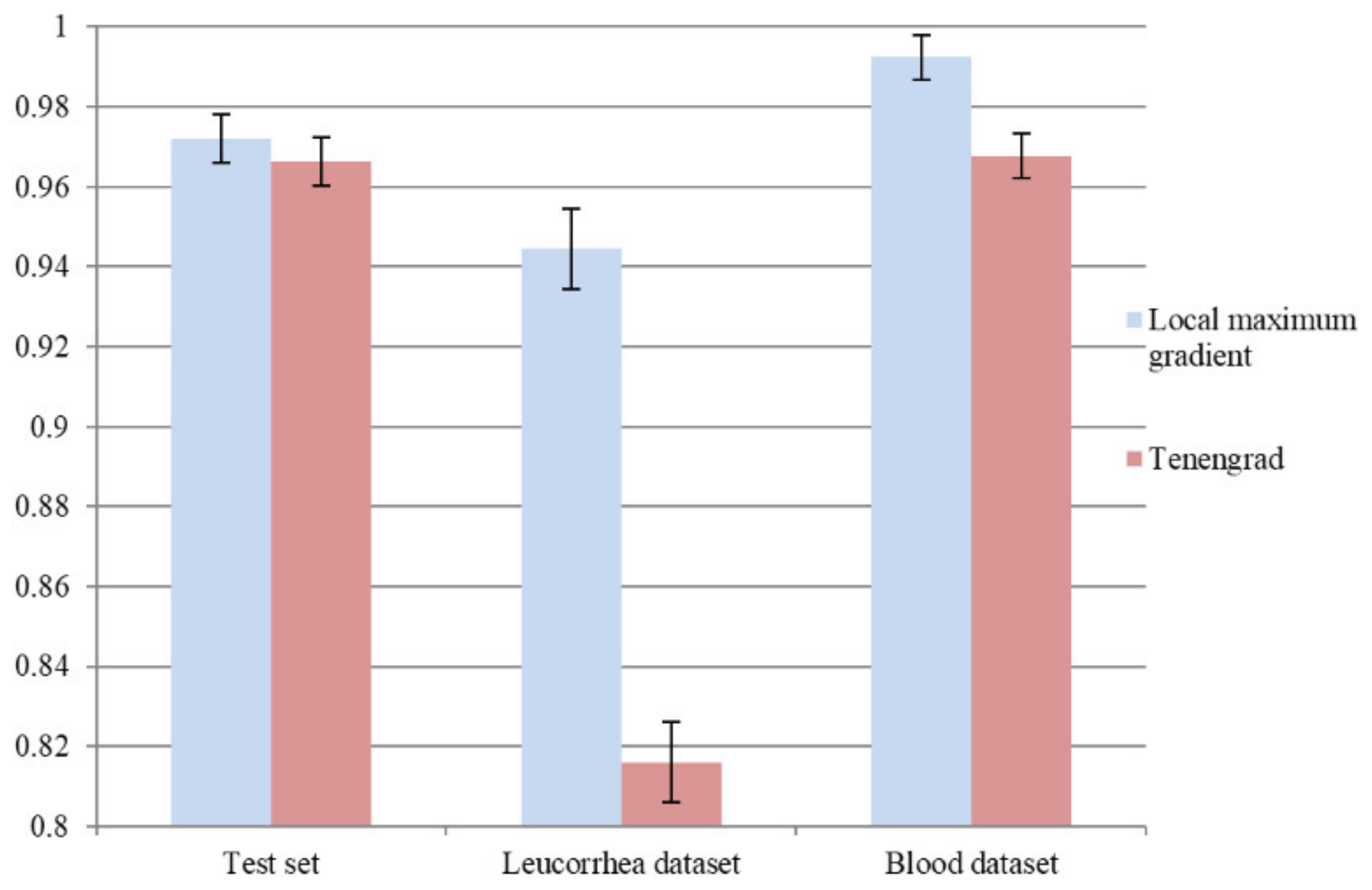
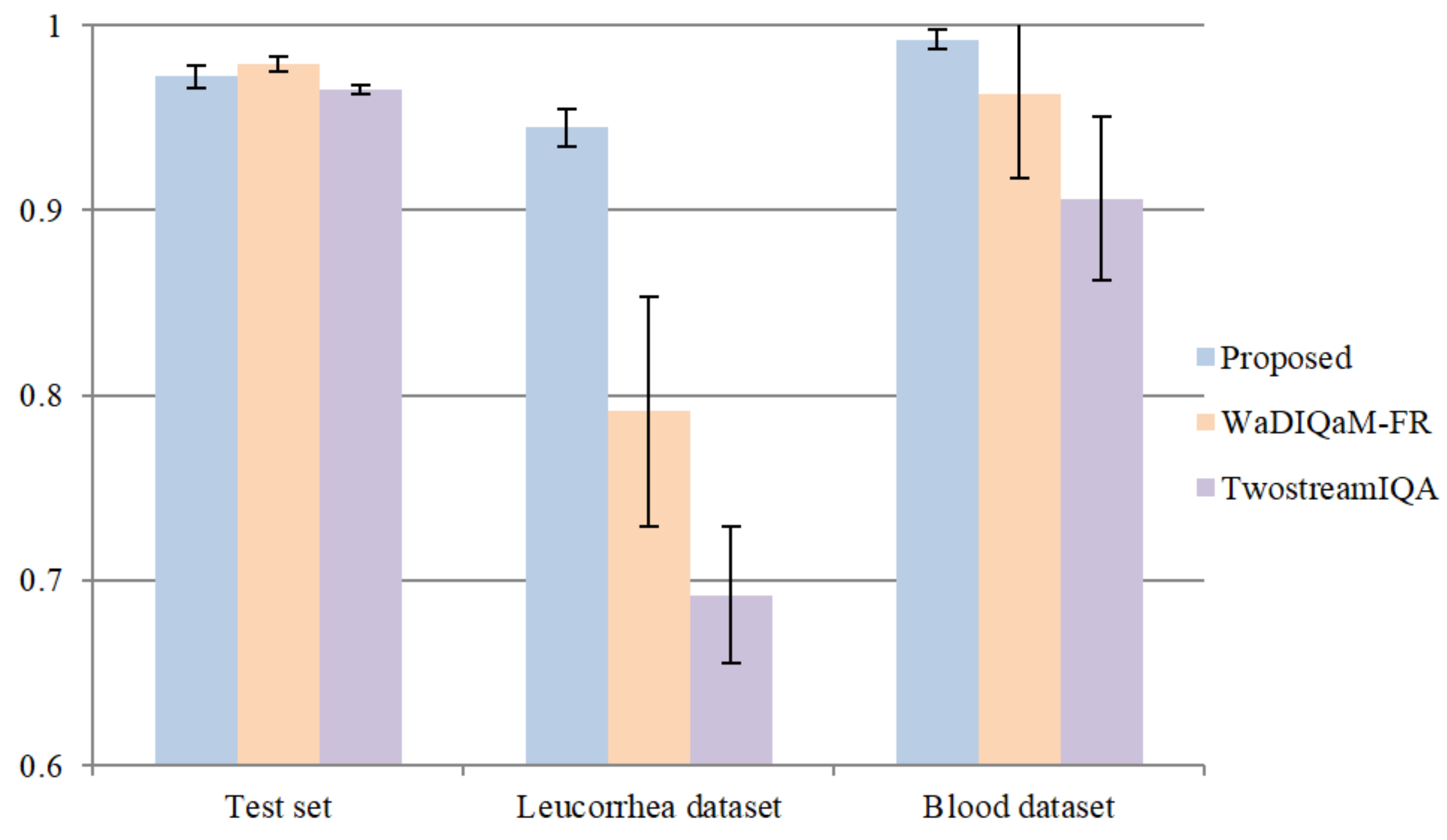
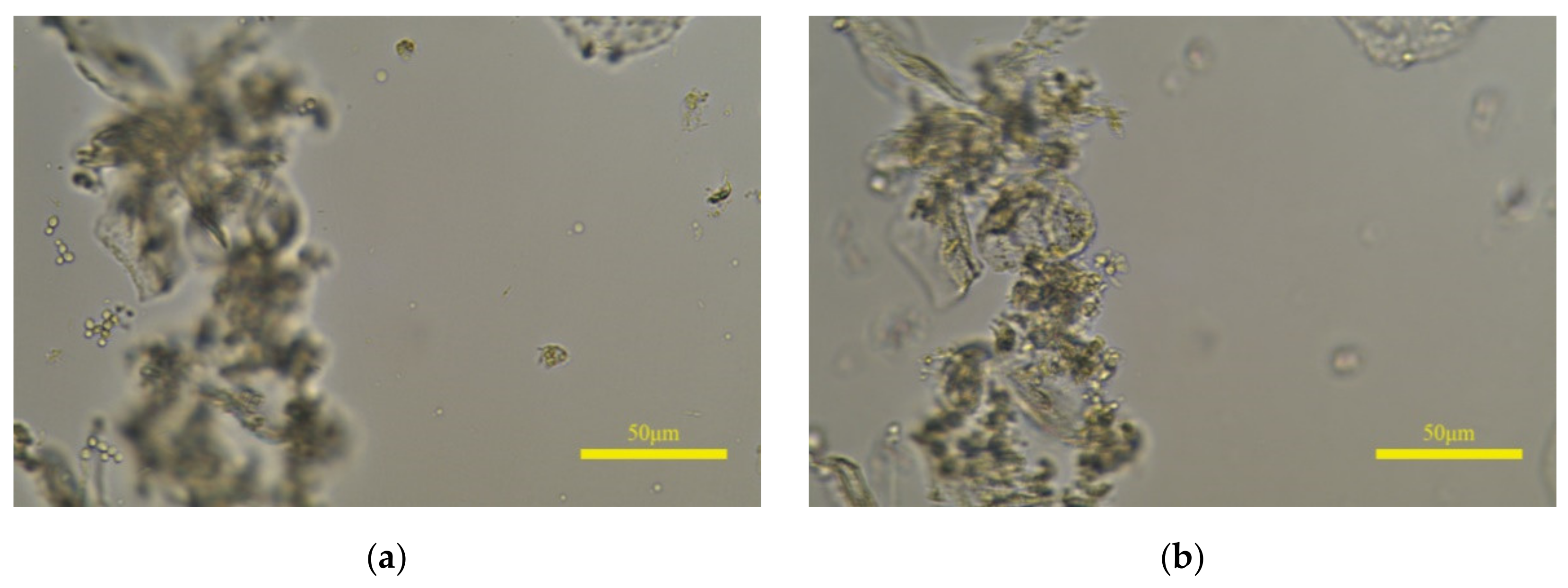
| Test Set | Leucorrhea Dataset | Blood Dataset | |||||||||
|---|---|---|---|---|---|---|---|---|---|---|---|
| Model | Acc | Srocc | Acc | Acc | |||||||
| Round 1 | L0 | 128 | 71 | 95.673% | 0.8984 | 325 | 312 | 91.130% | 97 | 32 | 99.231% |
| L1 | 130 | 74 | 96.154% | 0.8925 | 399 | 278 | 96.853% | 90 | 39 | 99.231% | |
| Round 2 | L0 | 124 | 73 | 94.712% | 0.8774 | 404 | 233 | 91.130% | 77 | 52 | 99.231% |
| L1 | 134 | 66 | 96.154% | 0.8942 | 399 | 255 | 93.562% | 83 | 47 | 100% | |
| Round 3 | L0 | 133 | 66 | 95.673% | 0.9038 | 362 | 300 | 94.707% | 93 | 36 | 99.231% |
| L1 | 134 | 71 | 98.558% | 0.8884 | 389 | 276 | 95.136% | 85 | 42 | 97.692% | |
| Round 4 | L0 | 139 | 58 | 94.712% | 0.9039 | 307 | 348 | 93.705% | 82 | 46 | 98.462% |
| L1 | 140 | 63 | 97.596% | 0.9030 | 314 | 346 | 94.421% | 107 | 23 | 100% | |
| Round 5 | L0 | 126 | 75 | 96.635% | 0.8958 | 306 | 271 | 82.546% | 80 | 49 | 99.231% |
| L1 | 136 | 67 | 97.596% | 0.8997 | 387 | 258 | 92.275% | 64 | 65 | 99.231% | |
| Test Set | Leucorrhea Dataset | Blood Dataset | |||||||||
|---|---|---|---|---|---|---|---|---|---|---|---|
| Model | Acc | Srocc | Acc | Acc | |||||||
| Round 1 | L0 | 137 | 64 | 96.635% | 0.8958 | 289 | 341 | 90.129% | 87 | 41 | 98.462% |
| L1 | 135 | 69 | 98.077% | 0.9075 | 314 | 332 | 92.418% | 77 | 53 | 100.00% | |
| Round 2 | L0 | 129 | 71 | 96.154% | 0.8811 | 305 | 320 | 89.413% | 97 | 32 | 99.231% |
| L1 | 133 | 67 | 96.154% | 0.8974 | 346 | 308 | 93.562% | 76 | 54 | 100.00% | |
| Round 3 | L0 | 119 | 80 | 95.673% | 0.8673 | 310 | 270 | 82.976% | 85 | 45 | 100.00% |
| L1 | 130 | 74 | 98.077% | 0.9182 | 362 | 247 | 87.124% | 88 | 39 | 97.692% | |
| Round 4 | L0 | 134 | 65 | 95.673% | 0.9012 | 116 | 270 | 55.222% | 53 | 74 | 97.692% |
| L1 | 137 | 66 | 97.596% | 0.8943 | 254 | 371 | 89.413% | 85 | 45 | 100.00% | |
| Round 5 | L0 | 138 | 63 | 96.635% | 0.8844 | 303 | 345 | 92.704% | 99 | 29 | 98.462% |
| L1 | 130 | 69 | 95.673% | 0.9049 | 288 | 354 | 91.845% | 84 | 63 | 97.692% | |
| Gradient Image Calculation | Slicing Image | Inference | Total | |
|---|---|---|---|---|
| Running times | 15 ms | 1 ms | 210 ms | 248 ms |
Publisher’s Note: MDPI stays neutral with regard to jurisdictional claims in published maps and institutional affiliations. |
© 2021 by the authors. Licensee MDPI, Basel, Switzerland. This article is an open access article distributed under the terms and conditions of the Creative Commons Attribution (CC BY) license (https://creativecommons.org/licenses/by/4.0/).
Share and Cite
Wang, X.; Liu, L.; Du, X.; Zhang, J.; Ni, G.; Liu, J. GMANet: Gradient Mask Attention Network for Finding Clearest Human Fecal Microscopic Image in Autofocus Process. Appl. Sci. 2021, 11, 10293. https://doi.org/10.3390/app112110293
Wang X, Liu L, Du X, Zhang J, Ni G, Liu J. GMANet: Gradient Mask Attention Network for Finding Clearest Human Fecal Microscopic Image in Autofocus Process. Applied Sciences. 2021; 11(21):10293. https://doi.org/10.3390/app112110293
Chicago/Turabian StyleWang, Xiangzhou, Lin Liu, Xiaohui Du, Jing Zhang, Guangming Ni, and Juanxiu Liu. 2021. "GMANet: Gradient Mask Attention Network for Finding Clearest Human Fecal Microscopic Image in Autofocus Process" Applied Sciences 11, no. 21: 10293. https://doi.org/10.3390/app112110293
APA StyleWang, X., Liu, L., Du, X., Zhang, J., Ni, G., & Liu, J. (2021). GMANet: Gradient Mask Attention Network for Finding Clearest Human Fecal Microscopic Image in Autofocus Process. Applied Sciences, 11(21), 10293. https://doi.org/10.3390/app112110293






